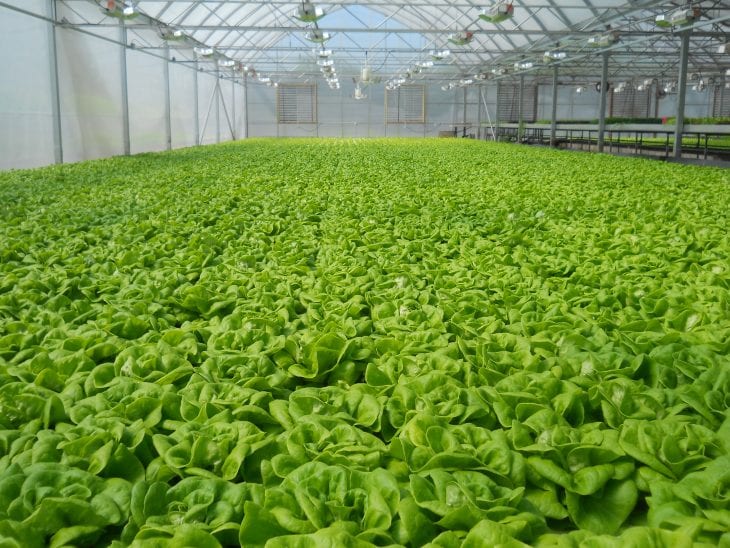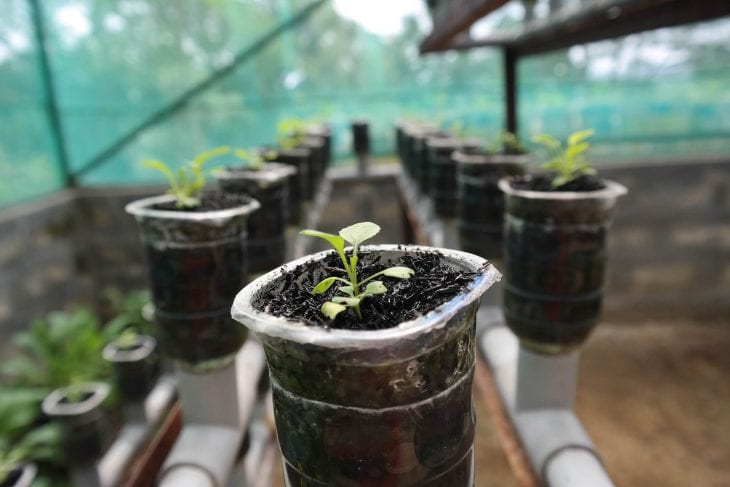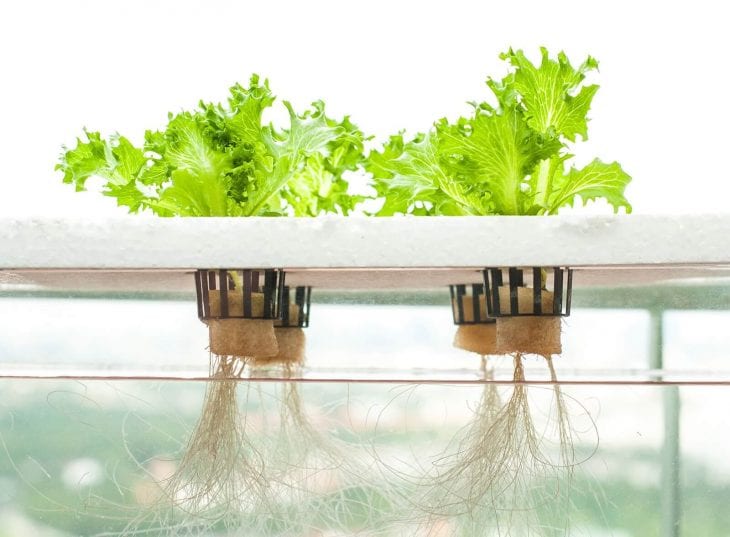You might be asking yourself what is actually hydroponics? Well, hydroponic is a form of gardening that uses no soil, but rather grows plants in a solution of nutrients mixed with water. There are many benefits to this form of gardening and some of them are:
1. Plants grow faster, experts suggest that plants grow at least 20% faster in these systems than they do in soil.
2.Yields are 20-25 percent bigger with hydroponic systems compared to growing in soil.
3. No soil is required in this kind of gardening, which can be a distinct advantage in areas where existing garden soil is not rich, or for people living in apartments where gardening in soil is not convenient.
4. Water can be saved. The reservoirs used in hydroponics are enclosed to stop evaporation and the systems are sealed. This will allow plants to take up only the water they need.

Img source: kimbertonwholefoods.com
The first step to forming this hydroponic garden is selecting a system that will fit your needs from among several options. Important factors to consider include how much space you have, what you want to grow, how much it will cost, and of course, how much time you will have to spend. The three most basic setups recommended for beginners are the wick, water, culture, and ebb and flow. All three of these systems are built from individual parts purchased separately or you can buy a complete setup kit from online shops.
So, let’s take a look at the systems
1. Wick systems – these are the most simple systems mechanically and the easiest to set up because there are no moving parts. The system is made from a tank filled with water and nutrients, and above the tank, there is a container filled with growing medium. The two tanks are connected by a wick which draws water with the nutrients up to the growing medium where it is absorbed by the roots of the plants. This system is perfect for learning basics but it may not work well with large plants or with plants that consume too much water (like lettuce), because the wick will not be able to supply water fast enough. On the other hand, this system works well with micro greens, herbs, and peppers.
2. Water culture – this is yet another system that is quite easy to set up. The plants are placed into a styrofoam platform that sits on top of the tank holding the mixture of water and nutrients. A bubbler air pump is added to the tank to deliver oxygen to the roots of the plants. This system is suited for water-hungry plants but is not good for more long-lived plants such as tomatoes.

Img source: urbanorganicyield.com
3. Ebb and Flow – these are a bit more complex to design but are quite adaptable. It works by flooding the medium with a water-nutrient solution and then it will drain it back into the tank. In order to do this, the system is required to have a submersible pump with a timer. One of the best benefits of ebb and flow is that you can use the timer to customize your plants’ watering schedule based on the plant size, number of plants, temperature, etc. You also have the option of potting the plants individually for easy setup or filling the entire tray with growing medium and planting it directly in the tray.
How to choose what to grow?
Almost all plants can be grown in these systems, but for beginners, it is better to start small. You could opt for herbs and vegetables that grow quickly, require little maintenance, and they do not need a lot of nutrients. Keep in mind that plants that grow fast are the best since they make it easy to assess how well your system works. Great starter plants would be greens (lettuce, spinach, and kale), herbs (basil, parsley, oregano), tomatoes, strawberries, and hot peppers, as suggested by Abel Prasad.
Conclusion

Img source: geneticliteracyproject.org
Once you have mastered the beginner systems, you will be able to move on to some advanced systems. Hydroponics is an excellent choice for all types of growers. It will give you the ability to perfectly control variables that affect how well your plants grow.
